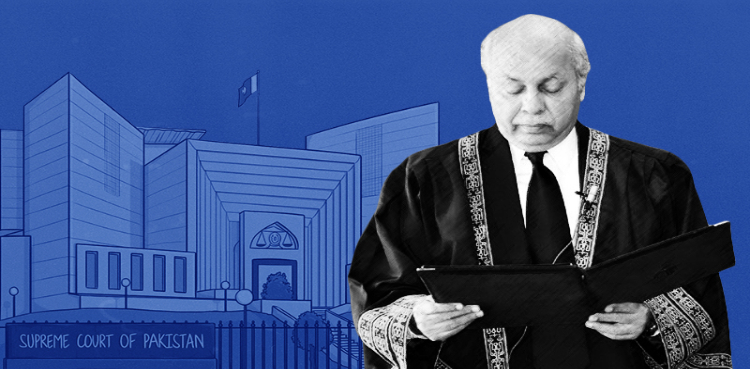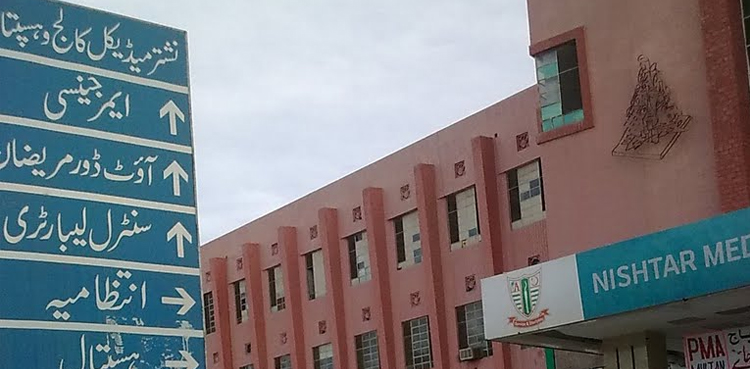In February this year, annualised food inflation shot up to 41.9 percent in urban areas and 47pc in rural areas of Pakistan. In February last year, these readings stood at 14.3pc and 14.6pc, respectively.
This means that food inflation — or the pace of increase in the prices of food items — has more than tripled in just one year.
But what does it mean for households? It means that a rural family needed Rs14,700 in February 2023 to buy the same amount of food that they had bought for Rs10,000 in February 2022. For an urban household, the requirement was a little less — Rs14190.
So, what if rural and urban households didn’t have more than Rs10,000 to spend on food? Well, in that case, in Feb 2023, a rural and an urban household ended up buying with their Rs10,000 only as much food as was worth Rs5,300 and Rs5,810, respectively, in Feb 2022.
This painful food inflation has hit Pakistanis amidst a sharp economic slowdown (likely GDP growth of 1.3pc in FY23 versus 6pc in FY22), rendering about two million people jobless. It is not difficult to imagine the disastrous impact of such high food inflation rates on the lives of jobless people and those whose incomes have fallen due to the economic crisis.
No wonder people are losing lives in stampedes occurring at the distribution of free wheat flour and some are committing suicide. However, the vast majority of financially constrained people are living on meagre incomes by working in the shadow economy, supplemented by debts, charity and the government’s cash handouts and subsidies.















































